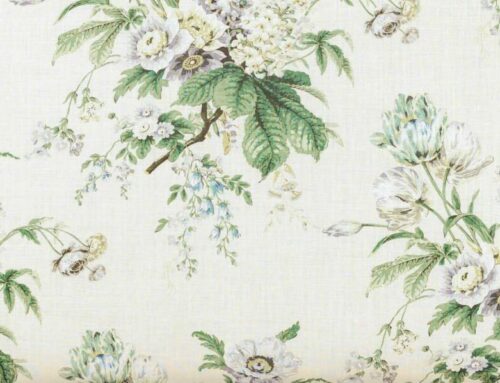Delving into the history of antiques is a fascinating pastime, a veritable Aladdin’s cave of wondrous information, skills and techniques from days long gone and almost forgotten. We spent some time at The Wallace Collection in London last October, a famous collection of magnificent 18th & 19th century furniture, artworks and porcelain bequeathed to the English nation by the widow of Sir Richard Wallace, Lady Wallace in 1897. It inspired us to do a little research one specific area of interest to share with you; one of the more decorative aspect of antiques, namely Ormolu furniture, which embellishes many of the fine quality 18th and 19th century antiques. And there’s some fascinating facts.
The word ‘ormolu’ comes from the French term ‘or moulu’ meaning ground or pounded gold. Ormolu is a relatively familiar English term in the antique trade and has been in use since the 18th century to describe the gilding technique of applying finely ground, high carat gold amalgam to a bronze object. Sounds simple enough, but many would not know the high price that was paid by the Doreurs in the making of these embellishments. A model or cast was made from terracotta usually and moulds made from liquid brass or bronze. . The cast metal mount was then worked into with specialised tools to expand on the detail of the mount.
What many do not know, is that an essential element in the gilding of ormolu was the chemical compound mercury, and the process is referred to as mercury-gilding. These days the mere suggestion of the word would have the WHS officers jumping to attention, but two centuries ago, as with many other everyday substances like lead in makeup, the dangers had not yet been identified. The process involved the application of mercuric-nitrate to the brass or bronze mount, followed by an application of the amalgam made from mercury and gold. The piece was then put into an extremely hot kiln, the result being that while the mercury vaporised, the gold remained adhered to the bronze. Finally the gold was often burnished to develop a beautiful shine. This process did also however mean that the craftsmen who were carrying out the process to make ormolu furniture, were under constant exposure to the poisonous mercury fumes, and sadly for many of them, life past the age of about 40 was uncommon.
The French Government, eventually realising the inherent danger, outlawed the use of mercury from the 1830’s however it was still frequently used up until the early 1900’s.
In its place, electroplating was introduced from the mid 19th century to achieve a similar result on ormolu furniture, where the gold is placed over a nickel substrate, and then electricity used to complete the process in a far safer and more economical manner, and this method is still widely used today. Antique experts would however argue that whilst a suitable replacement, nothing really quite gives the same endurance, beauty and colour as the original mercury fire-gilded ormolu.






